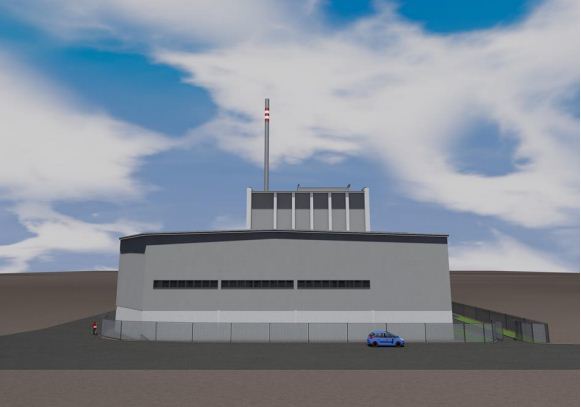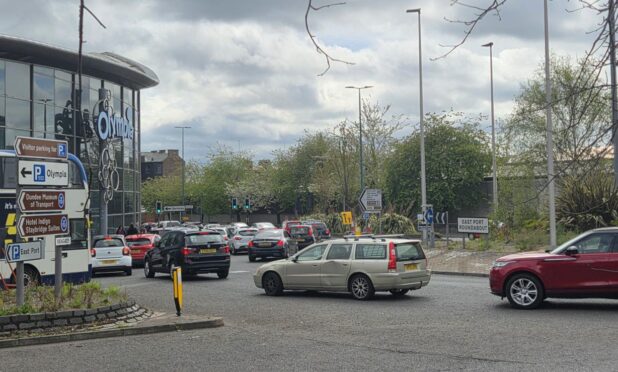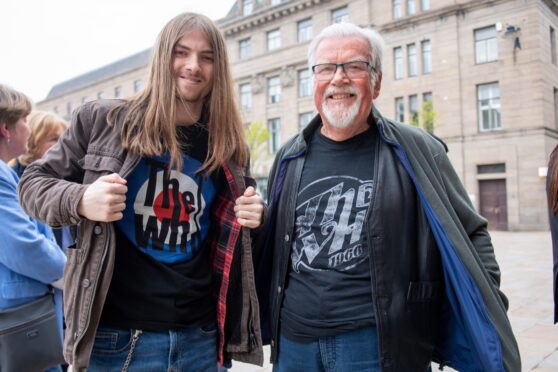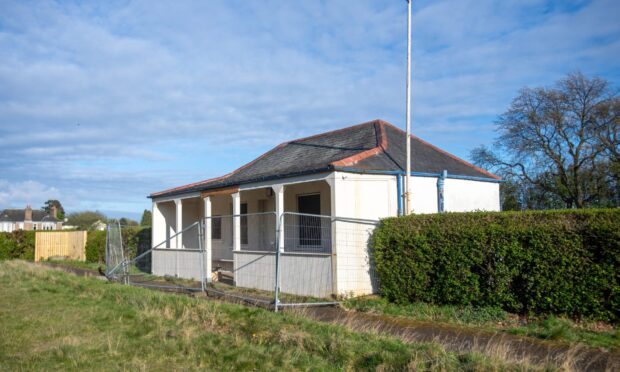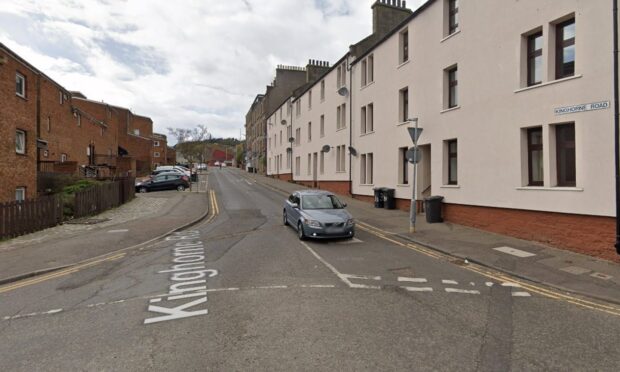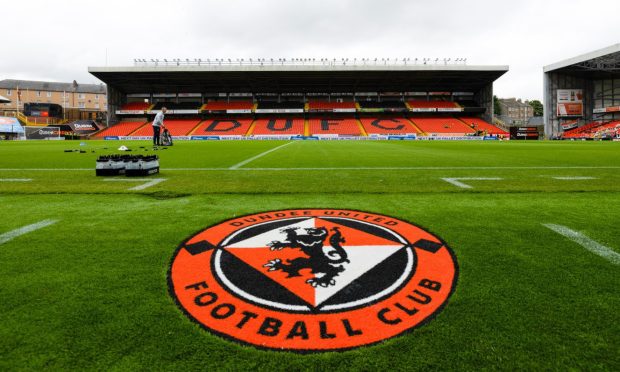Creating a citywide district city heating system in Dundee could cost in excess of £100 million.
A report prepared by Turner and Townsend and Ramboll for research programme Heat and the City said Dundee would be ideally placed to develop a city-wide network that would provide low-carbon energy.
District heating schemes involved hot water or steam being pumped through a network of insulated pipes.
As the heat is generated from local sources, it can be cheaper for businesses and homeowners.
There are already a number of small schemes in operation in Dundee, which the report’s authors said could, eventually, link up with other schemes to create one larger network.
But Paul Steen, an associate director with Ramboll, has admitted it may be 20 years before city-wide district heating schemes are seen in Scotland and could end up costing hundreds of millions of pounds.
He said: “City-wide networks that are common in Denmark are, if they ever come forward here, probably 10-20 years away in the UK and Scotland.
“They will most likely be achieved by delivering district heating networks within smaller clusters that would expand and interconnect over time.
“There are cluster projects that have been installed and that are in design and implementation now so these early stages are happening.”
Mr Steen added: “In terms of costs the cluster projects could be in the order of £2-20 million and sometimes in excess of this, and city-wide schemes will likely end up costing in the £100s of millions when aggregating all cluster projects together.
“Each of these projects will need to be developed on the basis of a sound business case that offers reduced energy prices to customers and a payback on the investment to the developer.”
The report said any district heating scheme in Dundee would draw heat from a number of sources.
These include the new incinerator planned for Baldovie, which is already set to provide steam to the Michelin factory, and suggests a large-scale solar development at Riverside could also contribute.
David Hawkey, an academic at Edinburgh University who also works for Heat and the City said: “District heating infrastructure is very costly, but by opening up low cost heat sources can contribute to lower energy bills.
“In Scotland, supplying electrically heated tower blocks has been a focus of much direct heating development as the cost differential can be particularly attractive.”
